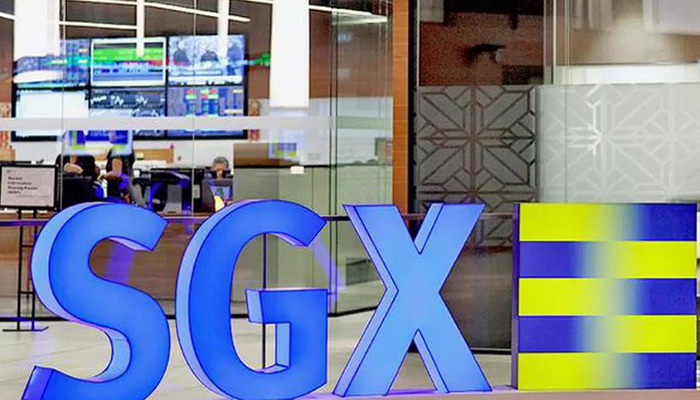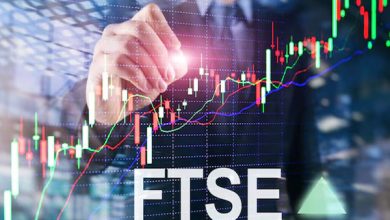
Interest rate futures are financial instruments that empower traders to wager on or hedge against fluctuations in interest rates. Traders can do this by entering into a contract to buy or sell an underlying asset at a predetermined price on a future date.
In Singapore, interest rate futures have become increasingly popular as they allow investors to capitalize on movements in interest rates without owning the underlying asset. With interest rates being a critical factor in the global economy, trading interest rate futures requires a deep understanding of the market and its dynamics. This article will delve into some advanced insights on effectively trading interest rate futures in Singapore.
Understanding interest rates
Before diving into trading interest rate futures in Singapore, it is essential to have a thorough understanding of interest rates. Interest rates are the cost of borrowing money and play a crucial role in determining economic growth and inflation. Central banks like the Monetary Authority of Singapore (MAS) set interest rates to achieve specific macroeconomic objectives.
MAS uses the “bandwidth” system, where the central bank manages interest rates by controlling the Singapore Interbank Offered Rate (SIBOR) and the Swap Offer Rate (SOR). Therefore, changes in these rates directly affect the borrowing costs of financial institutions and ultimately impact the economy. Traders need to keep a close eye on these rates as they can indicate potential future market movements.
Examining economic indicators
Another crucial aspect of trading interest rate futures in Singapore is examining economic indicators. These indicators provide insights into the economy’s overall health and can help traders make informed decisions when trading interest rates. Some essential economic indicators to watch out for in Singapore include gross domestic product (GDP) growth, inflation rates, and employment data.
For instance, a high GDP growth rate may signal a potential increase in interest rates by the central bank to curb inflation. Similarly, high inflation rates can lead to higher interest rates, while low unemployment rates indicate robust economic growth and potentially higher interest rates.
Utilising technical analysis
Technical analysis is a favoured method traders use to predict future market movements. This approach involves analysing past market data, such as price and volume, to identify patterns and trends that can be used to make trading decisions. In trading interest rate futures in Singapore, technical analysis can help traders identify potential entry and exit points.
One commonly used indicator for interest rate futures is the yield curve, which plots the yields of bonds with different maturities. Changes in the yield curve can signal potential interest rate movements, providing traders with valuable insights. Technical analysis tools like moving averages and oscillators can also help identify market trends.
Staying updated on global news
Global events in today’s interconnected world can significantly impact Singapore’s financial market, including interest rates. As such, interest rate futures traders should stay updated on global news and events that could affect the economy.
For example, changes in the US Federal Reserve’s policies can have a ripple effect on interest rates worldwide, including in Singapore. Traders must also pay attention to geopolitical events and developments in major economies like China and Europe, as they can indirectly impact Singapore’s interest rates.
Managing risk and using hedging strategies
As with any trading activity, managing risk is crucial when trading interest rate futures. Traders should develop a sound risk management plan and stick to it to protect their investments from potential losses. It can include setting stop-loss orders and diversifying one’s portfolio to reduce exposure to a single interest rate.
Hedging strategies can also help manage risk in interest rate futures trading. For instance, traders can hedge their positions by taking opposing positions in different interest rate contracts or using option contracts to limit potential losses.
For example, a trader may buy an interest-rate futures contract to protect against potential losses if interest rates increase while simultaneously buying an option contract that gives them the right to sell at a predetermined price if interest rates decrease. This way, the trader can limit their downside risk while still potentially benefiting from market movements.
The role of technology
Technology is crucial in trading interest rate futures in today’s fast-paced financial markets. Traders have access to real-time market data and advanced trading platforms that allow for efficient execution of trades. Automated trading systems also enable traders to set predetermined conditions for executing trades, reducing the risk of human error.
Technology has opened up opportunities for algorithmic trading or computer programs to execute trades based on specific criteria. This approach can help traders take advantage of market movements without constantly monitoring the market.
It also allows for more complex trading strategies, such as spread trading, where traders take positions in multiple interest rate contracts to capitalize on price differentials. As technology advances, it will undoubtedly play an even more significant role in the future of interest rate futures trading.
Follow – https://financialapple.com for More Updates




